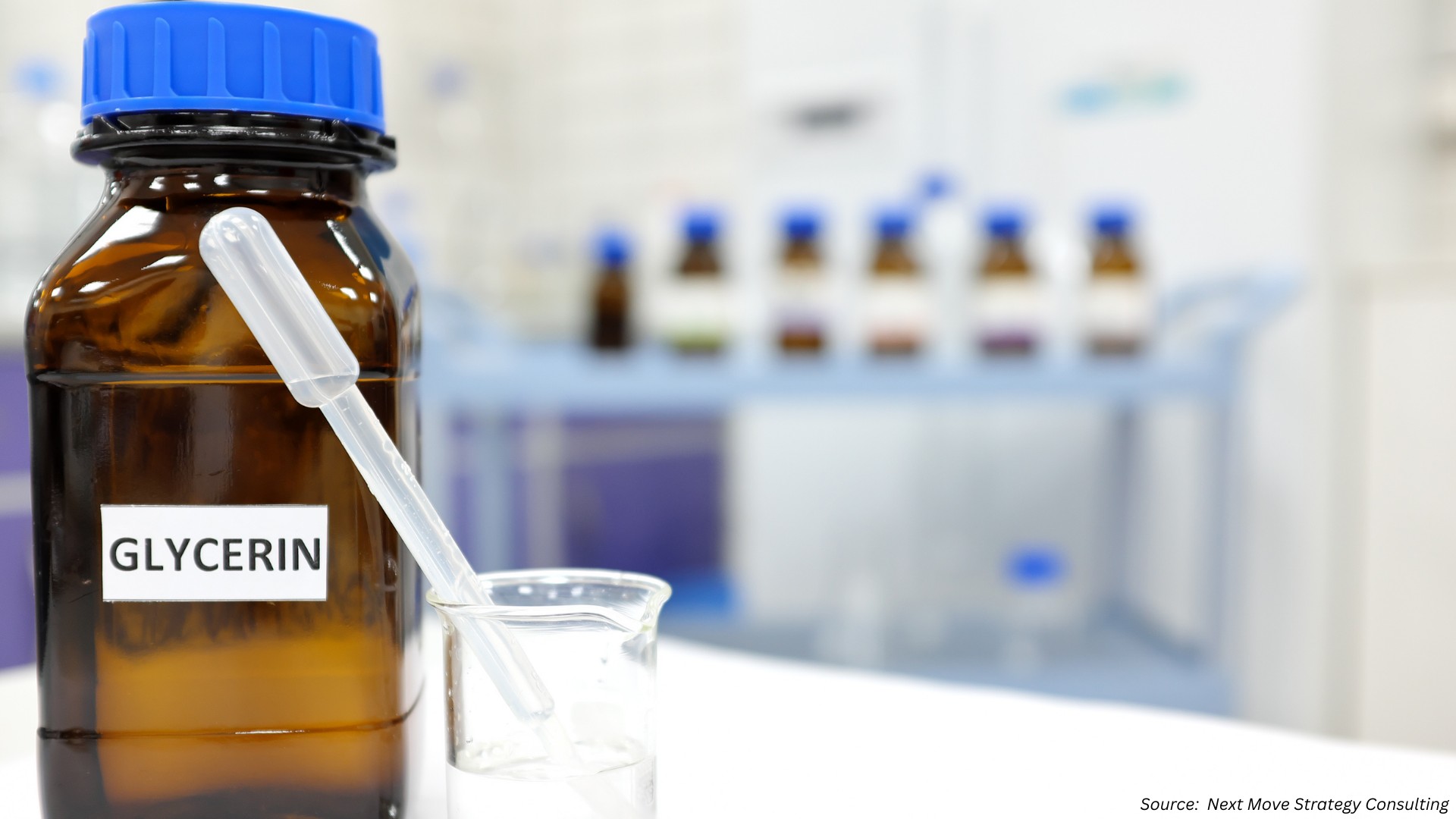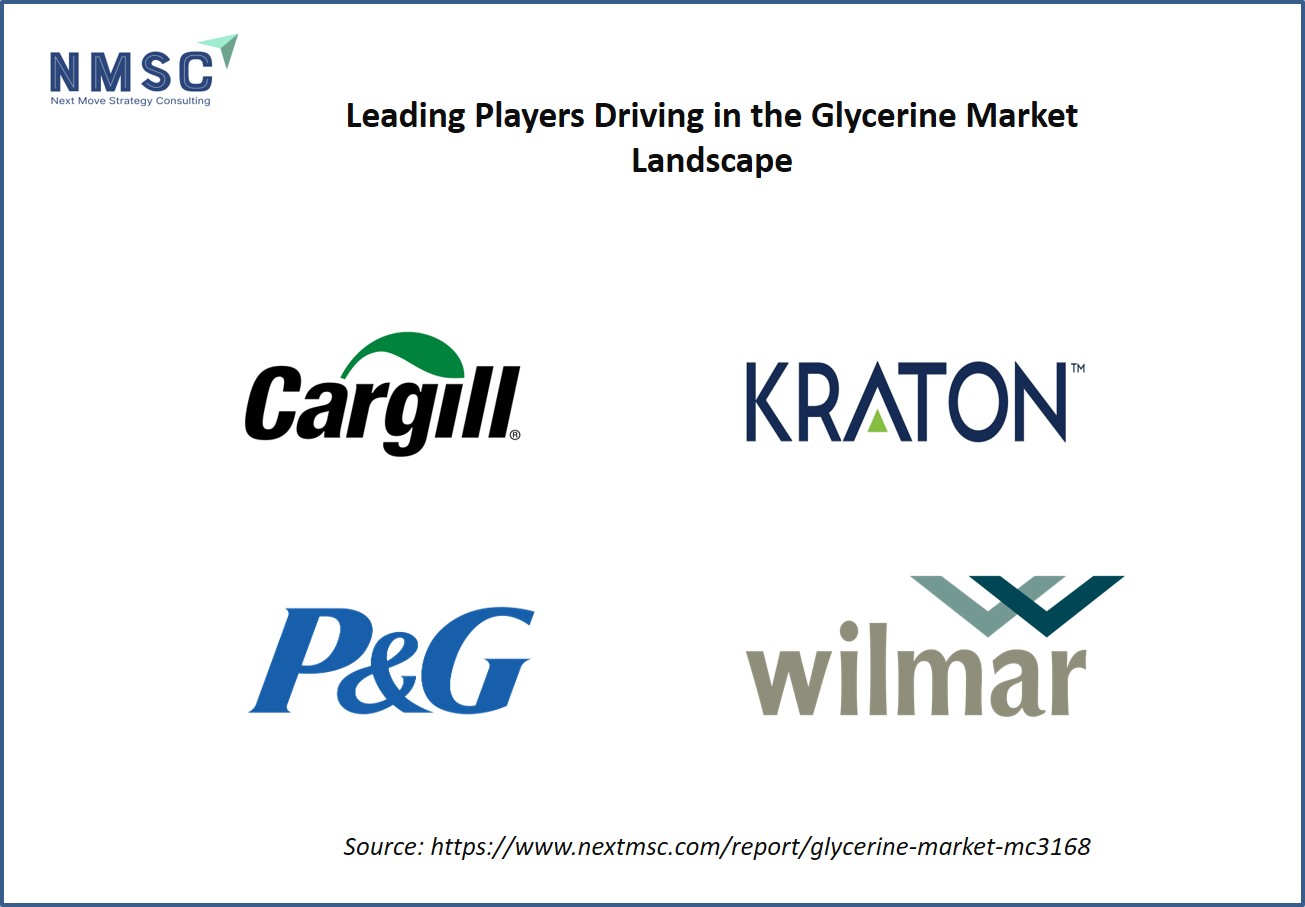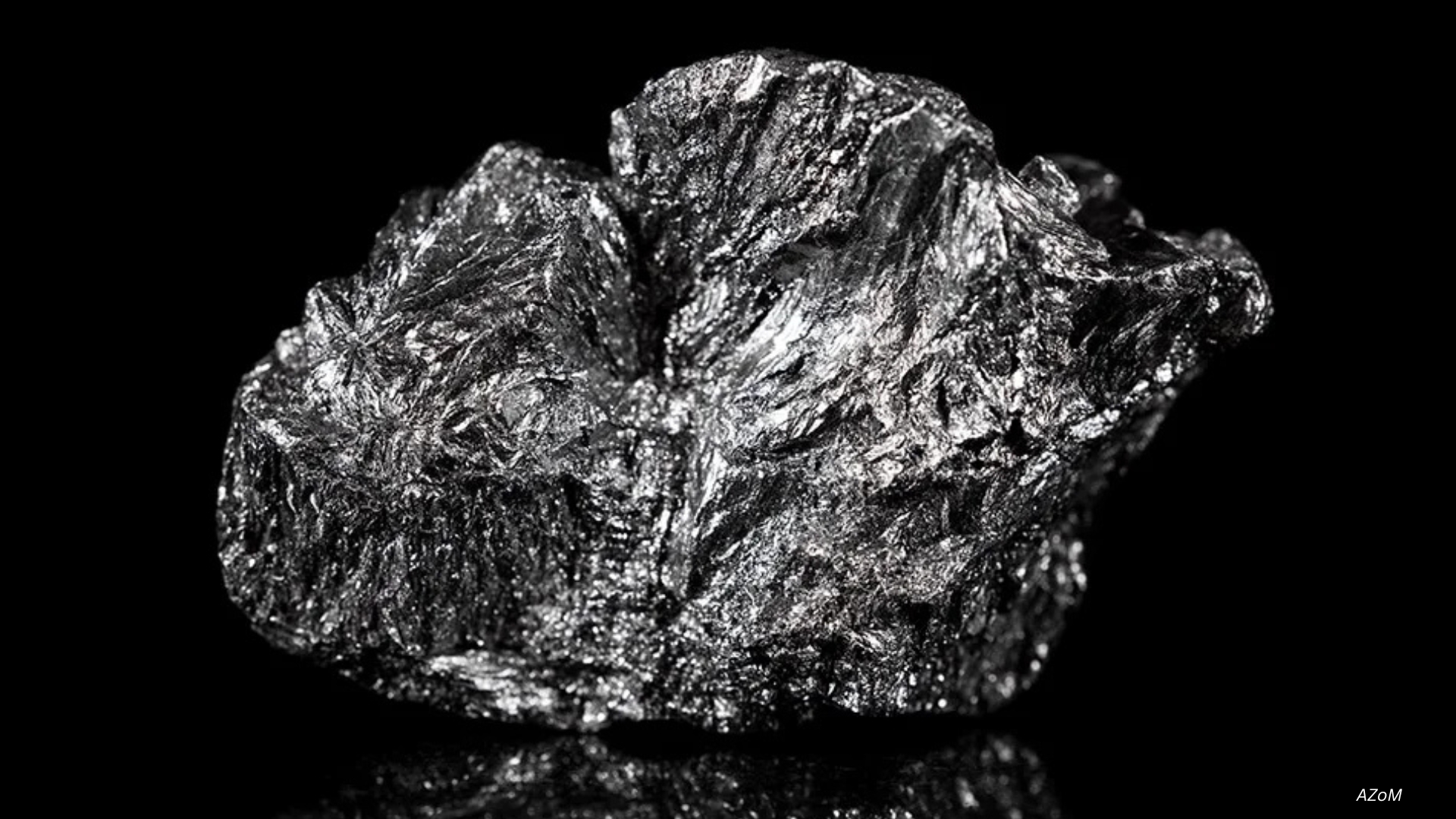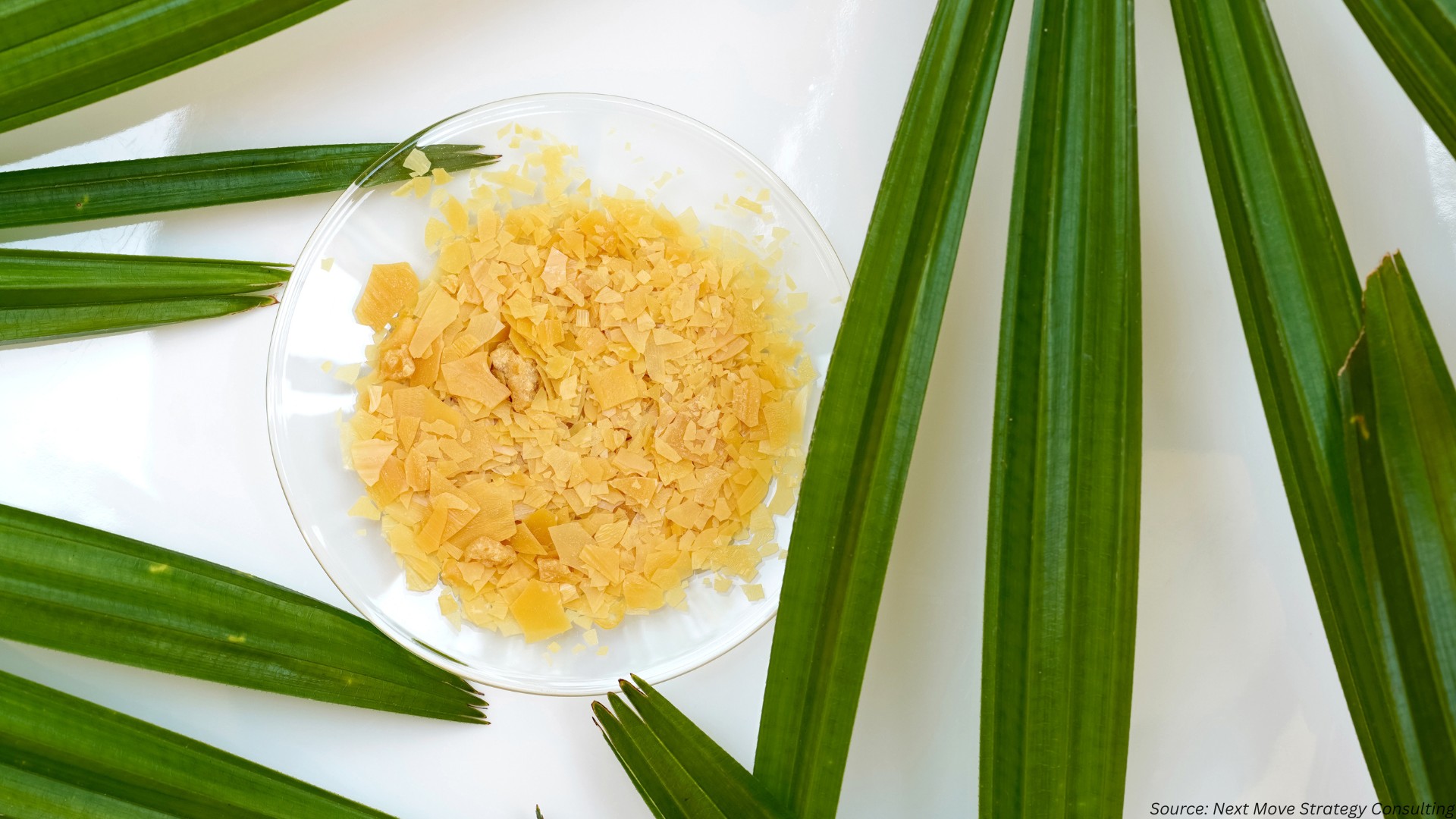Navigating the Glycerine Market Surge in 2025: What You Need to Know
Published: 2025-09-16

Glycerine, a versatile compound used in pharmaceuticals, cosmetics, and food production, is making headlines in 2025 due to an unprecedented price surge. If you are wondering why prices are skyrocketing and how to manage the impact, this blog breaks it all down.
Why Are Glycerine Prices Surging in 2025?
The glycerine market is under intense pressure this year, with prices climbing due to a perfect storm of supply chain disruptions and rising production costs.
According to the report by Next Move Strategy Consulting, the global Glycerine Market size is predicted to reach USD 5.86 billion by 2030 with a CAGR of 5.8% from 2025-2030.
Let’s unpack the key drivers behind this surge.
-
Palm Oil Production Disruptions: Glycerine is produced as a by-product of biodiesel and soap manufacturing, using feedstocks such as palm oil, soybean oil, rapeseed oil, and animal fats. In Southeast Asia, palm oil dominates as the main feedstock, and disruptions in palm oil production have tightened glycerine supply. In early 2025, weaker palm oil markets reduced incentives for biodiesel output, leading to lower glycerine by-product availability and putting upward pressure on prices.
-
Biofuel Mandates Diverting Supplies: Indonesia’s B40 biodiesel mandate is diverting a larger share of crude palm oil into energy use, leaving less available for oleochemical applications, including glycerine. While Malaysia continues with its B20 program and has not raised blending targets in early 2025, Indonesia’s policies are a significant driver of regional supply tightness.
-
Rising Shipping Costs: Transporting glycerine is costlier than ever. Freight rates from China to the USA in January 2025 range from $3,800 to $5,100 for a 20-foot container and $4,700 to $6,200 for a 40-foot container, adding to the overall cost burden.
-
Geopolitical and Environmental Factors: Global tensions, including the Ukraine conflict, have increased crude oil prices, which in turn raise glycerine production costs. Additionally, potential El Niño weather patterns threaten palm oil cultivation, leading producers to adopt conservative supply forecasts.
-
Chinese Spring Festival Closures: With the Chinese Spring Festival approaching, temporary production halts are expected to further tighten glycerine supplies in late January and early February 2025.
The glycerine price surge in 2025 is driven by palm oil shortages, biofuel demands, rising shipping costs, geopolitical tensions, and environmental risks. These factors have created a challenging market environment with no immediate relief in sight.
Which Companies Dominate the Glycerine Market?
Key players in the glycerine industry include Cargill Incorporated, Kraton Polymers, Wilmar International, Solvay S.A., P&G Chemicals, Oleon NV, Emery Oleochemicals LLC, The Dow Chemical Company, Vantage Specialty Chemicals, Vance Group Ltd., Kao Corporation, Godrej Industries Limited, ADM, KLK Oleo, Cremer Oleo GmbH & Co. KG, among others. These companies are focusing on strategies such as new product launches to strengthen their market position.
How Are Industries Affected by the Glycerine Price Surge?
The ripple effects of the glycerine price surge are felt across multiple industries, particularly those reliant on high-purity, USP-grade glycerine. Here’s a closer look at the impact.
-
Pharmaceutical Industry: Pharmaceutical companies, which use glycerine in products like medicines and syrups, are facing significantly higher procurement costs. This could lead to increased prices for consumers or reduced profit margins for manufacturers.
-
Cosmetics Industry: The cosmetics sector, dependent on glycerine for moisturizers, soaps, and creams, is struggling to maintain production levels while managing escalating raw material costs. This may force companies to reformulate products or pass costs onto consumers.
-
Food Production: Glycerine is used as a sweetener and preservative in food products. The price surge is putting pressure on food manufacturers to find cost-effective alternatives or adjust pricing strategies.
|
Industry |
Impact |
Potential Response |
|
Pharmaceuticals |
Higher procurement costs |
Adjust pricing, explore alternative suppliers |
|
Cosmetics |
Production challenges |
Reformulate products, pass costs to consumers |
|
Food Production |
Increased ingredient costs |
Use substitutes, revise pricing strategies |
The glycerine price surge is straining pharmaceutical, cosmetics, and food industries, forcing companies to adapt through pricing adjustments, reformulations, or alternative sourcing.
A Bright Spot: New Production Capacity in Indonesia
Amid the gloom of rising prices, there’s some positive news. Louis Dreyfus Company (LDC) inaugurated a new glycerin refining plant in Lampung, Indonesia, on May 27, 2025. This facility could help ease some supply constraints over time.
-
Production Capacity: The plant has an annual capacity of 55,000 metric tons of high-purity, USP-grade glycerin, catering to the pharmaceutical, personal care, and cosmetics industries.
-
Strategic Location: Located near key export hubs, the facility strengthens LDC’s global supply chain capabilities, enabling efficient distribution of refined glycerin.
-
Economic Impact: The plant, along with a new edible oil packaging line, is expected to create 200 new jobs by the end of 2025, boosting the local economy in Lampung.
-
Market Growth: Global demand for refined glycerin is projected to grow at a 2.5% compound annual growth rate (CAGR) from 2023 to 2040, and LDC’s investment positions it to meet this rising demand.
LDC’s new glycerin refining plant in Indonesia offers hope for increased supply and economic growth, but its impact may take time to offset the current price surge.
What’s Next for the Glycerine Market?
Market analysts predict that glycerine price pressures will persist through early 2025 due to the complex interplay of palm oil shortages, biofuel demands, and global economic challenges. The Chinese Spring Festival and potential El Niño impacts could further tighten supplies, keeping prices elevated.
However, investments like LDC’s new plant signal a commitment to addressing long-term demand. While immediate relief is unlikely, these developments could stabilize the market in the coming years.
The glycerine market faces ongoing challenges, but new production facilities may provide long-term stability as demand continues to grow.
Next Steps: How to Navigate the Glycerine Market in 2025
To manage the impact of the glycerine price surge, businesses and procurement teams can take proactive steps. Here are actionable takeaways:
-
Diversify Suppliers: Explore alternative glycerine suppliers beyond Indonesia and Malaysia to mitigate risks from regional disruptions.
-
Optimize Supply Chains: Negotiate long-term contracts with suppliers to lock in prices and ensure consistent supply amidst volatility.
-
Explore Substitutes: Research alternative compounds for specific applications in cosmetics or food production to reduce reliance on glycerine.
-
Monitor Market Trends: Stay informed about palm oil production, biofuel policies, and shipping costs to anticipate price fluctuations.
-
Invest in Efficiency: Streamline production processes to reduce glycerine usage without compromising product quality.
By diversifying suppliers, optimizing supply chains, and exploring alternatives, businesses can navigate the glycerine market’s challenges effectively.
Conclusion
The glycerine market in 2025 is navigating turbulent waters, with prices surging due to palm oil shortages, biofuel demands, and rising shipping costs. Industries like pharmaceuticals and cosmetics are feeling the pinch, but new production facilities, like LDC’s plant in Indonesia, offer a glimmer of hope. By adopting strategic procurement practices, businesses can weather this storm and prepare for a more stable future.
For more insights, keep an eye on trusted sources like ChemAnalyst and Louis Dreyfus Company for updates on the glycerine market.
About the Author
 Nitrishna Sonowal is a skilled SEO Executive and Content Writer with over 3 years of experience in the digital marketing industry. With a deep understanding of the ever-evolving digital landscape, she blends analytical insights with creative storytelling to deliver impactful digital solutions. She creates content that resonates with both clients and readers alike. Outside of work, she enjoys dancing, baking, and traveling to new places.
Nitrishna Sonowal is a skilled SEO Executive and Content Writer with over 3 years of experience in the digital marketing industry. With a deep understanding of the ever-evolving digital landscape, she blends analytical insights with creative storytelling to deliver impactful digital solutions. She creates content that resonates with both clients and readers alike. Outside of work, she enjoys dancing, baking, and traveling to new places.
About the Reviewer
 Debashree Dey is a seasoned Content Writer, PR Specialist, and Assistant Manager in Digital Marketing, known for her expertise in crafting online visibility strategies and navigating the dynamic digital landscape. With a flair for developing data-driven campaigns and producing compelling, audience-focused content, she helps brands elevate their presence and deepen user engagement. Beyond her professional endeavors, Debashree finds inspiration in creative projects and design pursuits.
Debashree Dey is a seasoned Content Writer, PR Specialist, and Assistant Manager in Digital Marketing, known for her expertise in crafting online visibility strategies and navigating the dynamic digital landscape. With a flair for developing data-driven campaigns and producing compelling, audience-focused content, she helps brands elevate their presence and deepen user engagement. Beyond her professional endeavors, Debashree finds inspiration in creative projects and design pursuits.

















Add Comment